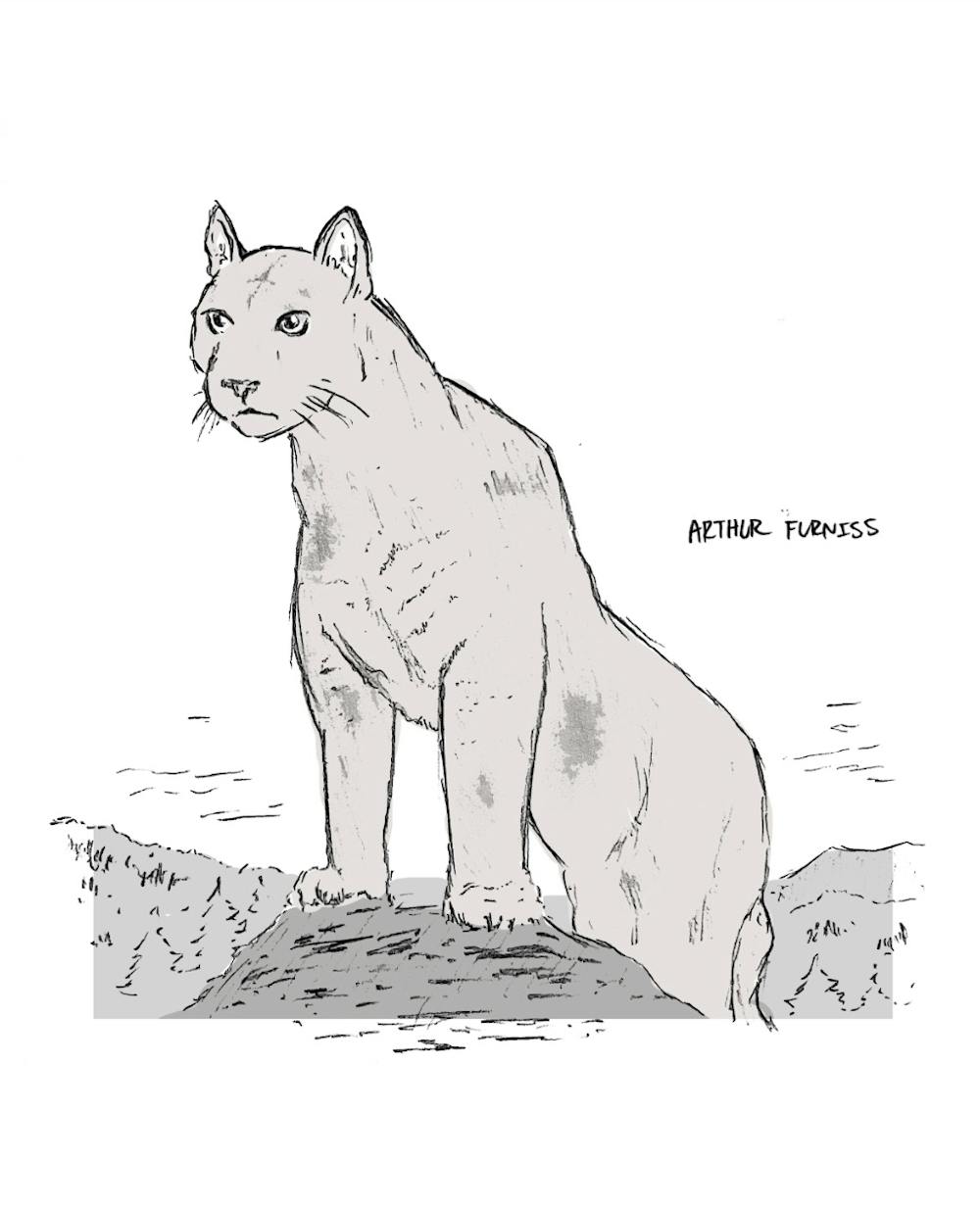The Jan. 14 issue of The New York Times contains an interesting op-ed entitled: “Cougars Are Heading East. Welcome Them.” Its author, Mark Elbroch, describes the gradual return of big American cats (also known as cougars, mountain lions, pumas or panthers) to their former habitats east of the Mississippi River. He refers to research that indicates there are about “a dozen landscapes large enough to sustain cougars indefinitely” in the Eastern U.S.
A map accompanying the article shows that a substantial portion of Vermont could support a self-sustaining population of these magnificent animals. It occurred to me that, since Middlebury College’s mascot is a panther, perhaps some of the college’s students would like to promote reintroducing panthers to Vermont.
There are several clear benefits of panther reintroduction. Perhaps the most obvious one is that large parts of Northern New England and New York State were once home to panthers. Unfortunately, habitat loss and overhunting led to their eradication. Returning panthers to their former habitat would help reverse the dramatic worldwide trend of wild animal extirpation and extinction. It would also demonstrate that humans and large carnivores can coexist peacefully in some areas.
In his op-ed, Elbroch points out that the recolonization of panthers in the Eastern U.S. would, over time, lead to a substantial reduction of deer-vehicle collisions, averting human fatalities and injuries as well as the financial costs associated with these accidents. In addition, by preying on deer, panthers can help “control chronic wasting disease among deer and other wildlife diseases.” Panthers also interact with hundreds of other animal species and help keep a healthy ecosystem.
If and when panthers are home again in Vermont, their presence will not be obvious. They are furtive, seldom-seen animals. In California, I’ve lived in and near mountain lion habitats for fifty years. During that time, I’ve done over 100 backpacking trips in the Sierra Nevada mountains and taken hundreds of hikes in the coastal range. Yet, I’ve never seen a panther, despite encountering many other wild animals, including bears, coyotes and bobcats. However, I’m very sure that panthers have observed me on numerous occasions, particularly at dusk hours when they tend to actively hunt.
Panthers are not particularly dangerous to humans. Elbroch notes that “fewer than two dozen people have been killed by cougars in North America in the past 100 years.” Still, caution must be observed when in a lion habitat, especially in terms of protecting small children and dogs.
Don’t think that reintroducing big cats to Vermont will be easy. The legitimate concern about the danger they pose will be the foremost objection. This will come not only from parents of small children but also from rural ranchers and small livestock owners. Hence, a public education campaign prior to the panthers’ reintroduction will be imperative. In addition, reintroduction will need to start with a small number of panthers in very rural areas where they can live comfortably.
Reintroducing panthers to Vermont will be both an exciting and challenging prospect. I hope that a few Middlebury students will be interested in taking on this challenge. If so, feel free to get in touch.
Michael Closson (micloss7@gmail.com) is a 1960 graduate of Middlebury and a life-long environmental activist.


